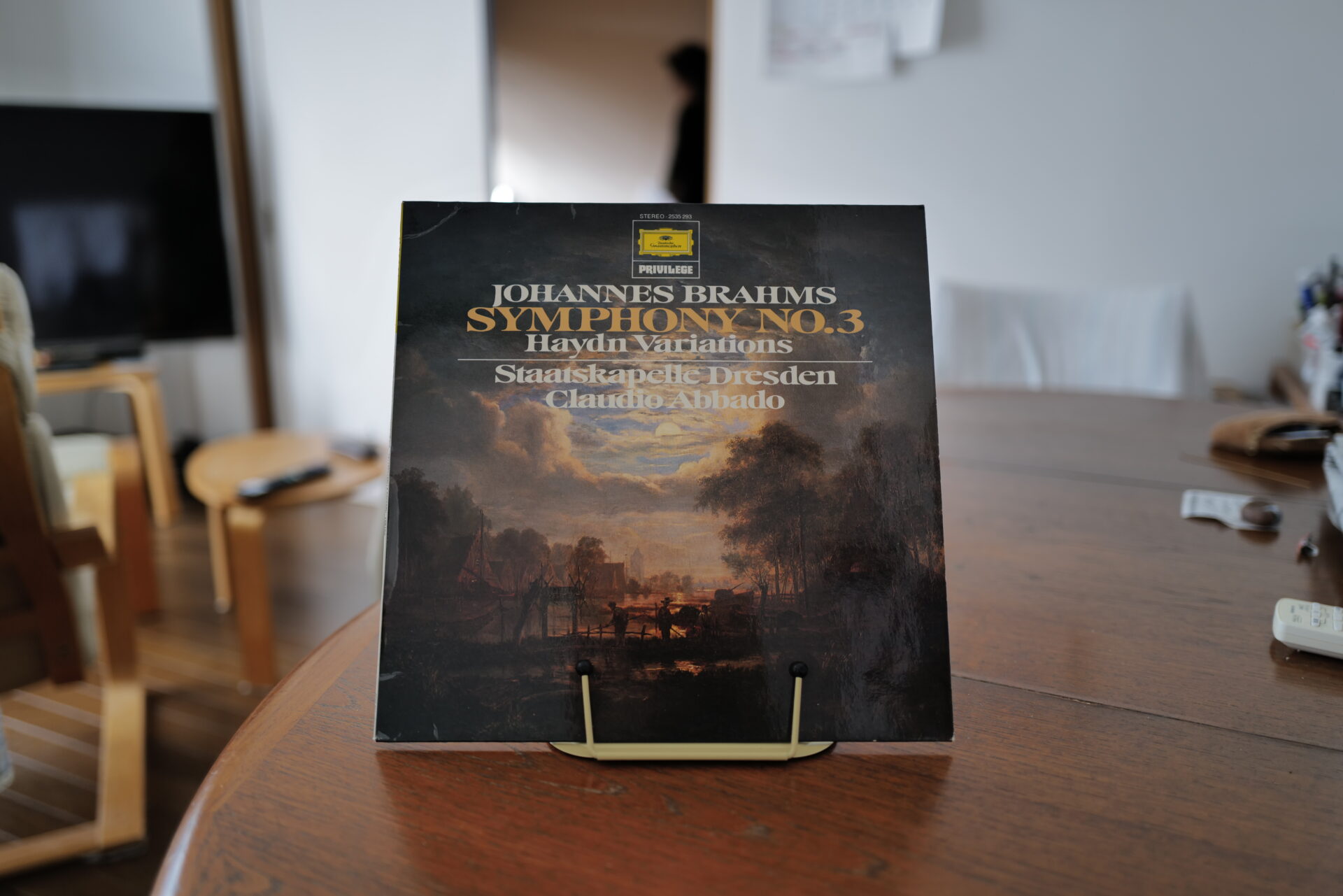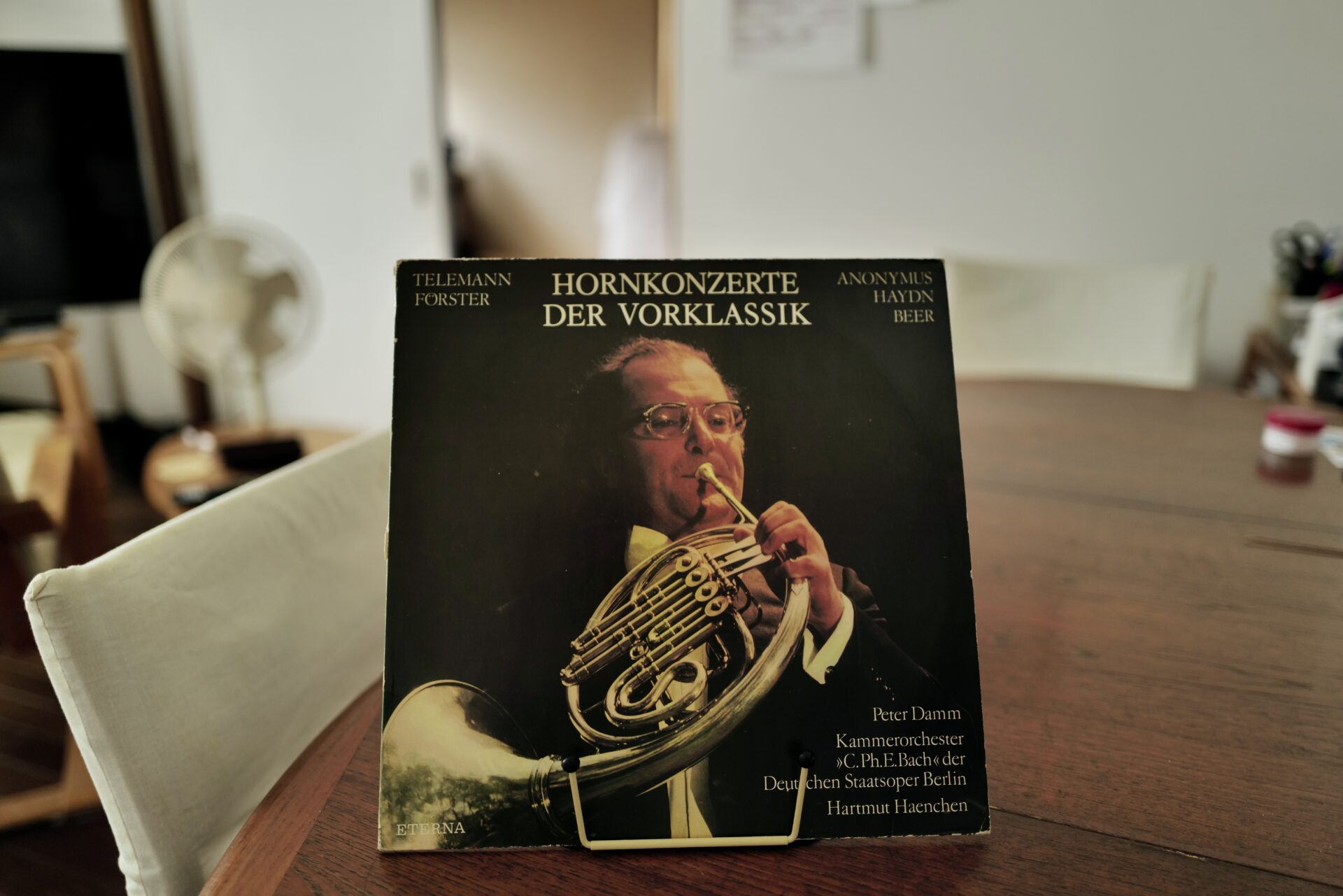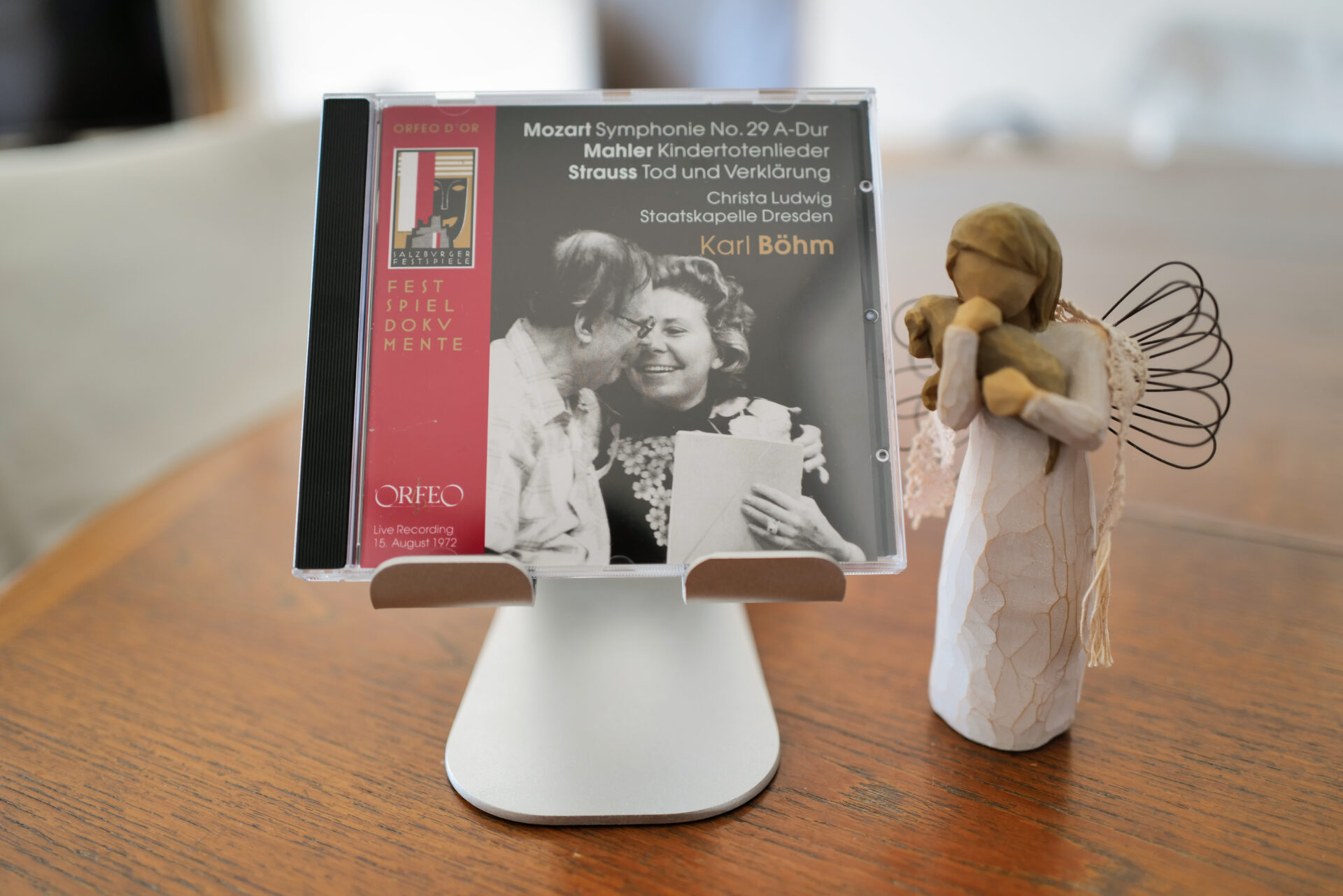
Autumn has arrived, when Shiba dogs like me feel comfortable going for walks and taking naps outside. Autumn suits Shiba dogs and Brahms best. My Master is happily listening to used records, saying things like, “It’s Abbado and Peter Damm co-starring!”
Today, I’d like to introduce Peter Damm’s famous performance from the record that my Master is currently listening to. The music is Brahms’ “Symphony No. 3”. Speaking of famous horn solos, it is the “3rd movement.” However, today I will be focusing on “2nd movement Andante in C major”.
Do you remember the second movement, which is as gentle and casual as the scent of osmanthus?


Players and recording
Conductor: Claudio Abbado
Orchestra: Staatskapelle Dresden
Recording engineer: Hans-Peter Schweigmann
Recording date and time: June 1972 (Peter Damm, 34 years old)
Recording location: Dresden Lukas Kirche, Dresden
A young 39-year-old Abbado has recorded Brahms’ “Symphony No. 3” and “Variations on a Theme of Haydn” with the Dresden Staatskapelle (SKD). As far as I know, this is the only one. It’s truly a once in a lifetime opportunity. Even though Abbado was young, he had already accumulated enough achievements to be appointed music director of Teatro alla Scala in Milan. SKD, Germany’s oldest orchestra, welcomes the young Italian conductor who came across the Iron Curtain.


My favorite
This “Symphony No. 3” consists of four movements in total. A perfect recording to enjoy the “Damm taste”, such as the solo in the middle of the “1st movement” and the famous solo in the “3rd movement”. Even so, I would like to introduce the “2nd movement,” which exudes the “Peter Damm Taste.”
2nd movement, Andante in C major
Compared to the “1st movement,” which is reminiscent of Schumann’s “Symphony No. 3 “Rhein,” the famous melancholy “3rd movement,” and the energetic “4th movement,” the “2nd movement” may be a little less impressive.
However, it’s a very tasty music. The “second movement” begins with a woodwind ensemble playing a melody with a clarinet solo, and the string instruments gently envelop the piece. Peter Damm’s horn has a beautiful vibrato that is indistinguishable from other woodwind instruments, and plays emotionally charged ensembles and solos.
Please carefully listen to Peter Damm sing the second movement. Rather than applying vibrato randomly, the wavelength of the vibrato is perfectly matched to that of the other woodwind instruments. His solo brings the song together, and the final part is the climax of the second movement.
I think this “second movement” is a hidden masterpiece, perfect for early autumn.




